In “The Biography of a Painting,” an essay drawn from his Charles Eliot Norton Lectures at Harvard in 1956–1957, Ben Shahn remembers his early years as an artist in the 1920s, when he was enamored of Post-Impressionist and Fauvist landscapes and peopled his canvases with bathers and nudes. “The work had a nice professional look about it,” he recalls, “and it rested, I think, on a fairly solid academic training.” Soon, though, Shahn began to doubt whether such pleasant, inoffensive paintings sufficed. “This may be art,” his “inner critic” whispered, “but is it my own art?”
And then I began to realize that however professional my work might appear, even however original it might be, it still did not contain the central person which, for good or ill, was myself…. All my views and notions on life and politics, all this material and much more which must constitute the substance of whatever person I was, lay outside the scope of my own painting.
What was missing was not only Shahn himself but the era to which he belonged. There was little in his life that might square with the light-filled vistas of Cézanne and Matisse. He was born in 1898 to Jewish parents in the Russian Empire’s Pale of Settlement, in what is now Lithuania; his family was poor and under threat from antisemitic violence. In 1902 his father, a socialist and a wood-carver, was exiled to Siberia for alleged anti-tsarist activity. After escaping, he made his way to Williamsburg, Brooklyn, where the rest of the family joined him in 1906, among the waves of European immigrants to the US at the turn of the century.
When Shahn was fifteen, his parents pulled him from school and apprenticed him to a lithographer on the Lower East Side to help support the family. By 1919 he was taking night classes at the National Academy of Design, and he traveled to Europe twice in the 1920s, returning just before the stock market crash in 1929; he later felt that Europe had “detoured” him from finding his own direction. Shahn had developed an obsession with injustice during his childhood, and the devastation of the Depression renewed it. In 1930 he embarked on a new series: watercolor portraits of the central figures in the Dreyfus Affair. Shahn based them on news photographs and gave them short, hand-drawn captions, but they resemble charming illustrations more than complex artworks.
In his next two series of paintings, Shahn addressed the controversial trials of the Italian immigrants and anarchists Nicola Sacco and Bartolomeo Vanzetti, who were executed in Massachusetts in 1927 for two murders that many people believed they did not commit, and of the labor leader Tom Mooney, who was convicted of bombing the 1916 Preparedness Day parade in San Francisco and eventually pardoned after serving twenty-two years in prison. Shahn again based his paintings on news clippings and other photographs but now added his own point of view. The Passion of Sacco and Vanzetti (1931–1932) depicts the two executed men at the bottom of a large vertical canvas, their pale faces just visible over the rims of their coffins. Much of the composition is given to the trio of commissioners who, tasked with investigating charges of bias in the trial, upheld the verdict—their faces sagging and stony, their staid officiousness echoing the resolute lines of the courthouse behind them. Two of the men hold white lilies, symbols of innocence and rebirth, though their dead eyes stare into the middle distance, not at the martyred dead.
Shahn worked against what he saw as a rising tide of artistic “disengagement” at the end of the 1920s—no doubt a veiled reference to abstraction. “As artists of a decade or so earlier had delighted to épater le bourgeois,” he writes in “The Biography of a Painting,” “so I found it pleasant, to borrow a line from Leonard Baskin, to épater l’avant-garde.” Accessibility was essential to his new vision of art; the demand for justice must be legible to a wide audience. His paintings of Sacco and Vanzetti drew the usual art crowd and also what he referred to as “an entirely new kind of public,” including immigrants, journalists, and other sympathizers. The humorist Robert Benchley sent Shahn a book about the case, inscribed, “To Ben Shahn without whom this crime could never have been committed.”
The Passion of Sacco and Vanzetti opens the Jewish Museum’s exhibition “Ben Shahn, On Nonconformity,” and its prominence on the approach to the gallery’s glass doors makes for an apt announcement of the show’s theme: Shahn’s lifelong commitment to social justice and his interest in the human condition. Curated by Laura Katzman, a professor of art history at James Madison University, it is the first major retrospective of Shahn’s art in the United States since 1976. It takes its name from another of his Norton Lectures, “On Nonconformity,” which serves as his manifesto about art making and social responsibility—ideas evident throughout his body of work, even if Shahn didn’t enunciate them until the 1950s, with the rise of the House Un-American Activities Committee and McCarthyism.
Nonconformity, for Shahn, meant having compassion for “human woes”; it meant being a thorn in the side of those committing “social and political malpractice” and protesting for one’s beliefs both in the streets and on the canvas. By this measure, most of the paintings in his Sacco and Vanzetti and Mooney series don’t quite hit the mark. Katzman has included Shahn’s source material, which makes for fascinating comparisons and reveals how little Shahn transformed the original news items in his early works. For example, his watercolor of Sacco’s mother, father, nieces, and nephews reproduces the stiff composition of the source photograph—the family of six sitting or standing erect and staring directly at the camera—except that Shahn thwarts the dour mood by adding cheerful colors.
Shahn’s Two Witnesses, Mellie Edeau and Sadie Edeau (1932) is a painting of a mother and daughter who testified falsely against Mooney at his trial. The clipping on which it is based, from around 1919, includes a photograph of the Edeaus under the heading “TWO BLOOD-HUNTING VULTURES” and identifies them as “self-confessed perjurers.” (“What difference does it make so long as you get paid for it?” they are quoted as having said.) Shahn’s version is an attractive combination of delicate, almost chiseled lines—born from his early training as a lithographer, in which he “cut” lines into lithographic stones—and loose, layered areas of paint dominated by Sadie’s golden-yellow broad-brimmed hat. He moved the women from the interior setting of the photograph to an outdoor view of green landscape and darkening sky, but the painting more closely resembles a picture of ladies out for a stroll than one of amoral charlatans who would do anything for a bit of money.
Still, his art caught the eye of Diego Rivera, who invited Shahn in 1932 to join his team in painting a mural at Rockefeller Center the following year. This mural, Man at the Crossroads, was destroyed before it was finished, in one of the twentieth century’s most notorious examples of artistic censorship. The Rockefeller family, Rivera’s patron, had demanded that he remove a portrait of Lenin from the crowded composition. When Rivera refused, the mural was plastered over, and protests ensued. Shahn, who strongly opposed Lenin’s removal, was thrust into the maelstrom of leftist politics, and it suited him. Staunchly antifascist and antiauthoritarian, he joined the Artists’ Union and briefly edited its journal, Art Front, but rejected the dogmatism of communism after Stalin’s show trials.
The Depression years were a scrabble for reliable paying work. Shahn and the artist Lou Block proposed an ambitious mural for the new Rikers Island Penitentiary on the subject of prison reform and vocational training, but the city rejected it in 1935. “Look young man,” Shahn recalls being told, “if there was any money for painting, we’d paint the toilets first.” In a string of interviews with the Archives of American Art in the 1960s, Shahn gives the impression of having tirelessly roamed the streets in the mid-1930s, finding interest and frustration around every corner. The details of everyday life intrigued him, but sketching was inadequate.
Shahn was agnostic about which mediums he worked in throughout his long career, making posters, paintings, drawings, murals, illustrations, and books. “Anything that I did with my hands, with a brush, or pencil, or pen, and so on, I considered art,” he said. Now he took up photography, armed with a 35mm Leica and a cursory lesson from his studio mate, Walker Evans: “F9 on the sunny side of the street, F4.5 on the shady side of the street. For a twentieth of a second hold your camera steady.” He took pictures of Jewish merchants on the Lower East Side, couples on their stoops in Greenwich Village, union demonstrations around New York City, and inmates at a reformatory in the Hudson Valley.
Shahn’s art was transformed in the fall of 1935 when he joined the Special Skills Division of the Resettlement Administration (later renamed the Farm Security Administration) and spent three months traveling in the mid-Atlantic, the South, and the Midwest with his camera. It was an education:
I realized [that] everything I had gotten about the condition of miners or cotton pickers I’d gotten on 14th Street. I found realities there that I had no idea about…. I became acquainted with America.
During those months he photographed sharecroppers, cotton pickers, destitute families, striking workers, and a medicine show. The Jewish Museum’s selection gives the impression that Shahn was most interested in people, not landscapes or architecture or institutions, a sense reinforced by his paintings from the time. He devised a right-angle viewfinder that allowed him to take pictures without his subjects realizing it—an “arresting of unconscious mood,” as his wife, the artist Bernarda Bryson Shahn, described it.
In producing a substantial amount of documentary material for federal relief programs, Shahn also created an archive that he could use for his own art, and the paintings and posters he made during and after this period are decidedly more dynamic and psychologically acute than the works that preceded them. One painting, Scotts Run, West Virginia (1937), is based on his 1935 photograph of six striking coal miners milling around a dirt yard with a couple of train cars in the background. For the painting he pulled the photograph’s three central figures radically into the foreground and brought out details in their faces, highlighting their piercing glances and the downward lines around their mouths. He also reimagined the setting so that it became more dramatic, with a black train stretching into the distance along the left side and a series of wooden houses receding along the right, hemming the miners in. The narrow open space at the back of the painting leads into an empty landscape, yet it seems the only outlet for Shahn’s abject miners.
Once Shahn adapted an element from a photograph into a painting or poster, it became part of his visual lexicon. In October 1935 he photographed Sam Nichols, a tenant farmer in Arkansas, in front of a ramshackle house. Nichols looks into the camera, eyes darkened by shadow, his right hand tucked under his left elbow and his left hand cradling his chin. A nearly identical figure fills the painting 1943
AD (circa 1943), but this man stands behind a barbed-wire fence with workers toiling in the background. The upper strand of wire crosses his forehead: a crown of thorns that troubles an already troubled brow. Another nearly identical figure appears in the poster We Fight for a Free World! (circa 1942), and yet another in the painting Man (1946), which was reused for a poster that same year encouraging voter registration.
During World War II, Shahn threw his efforts briefly into the Office of War Information, but most of his poster designs were rejected as too strident or too ambiguous. The handful on view at the Jewish Museum aren’t apocalyptic, but nor are they the kind of Madison Avenue propaganda that the OWI came to prefer. Victims, not dogma, were his chosen subject, and it’s clear that his intent was to create empathetic connections between civilians experiencing horrors in Europe and the folks back home.
His paintings from about 1943 to 1945 do feel apocalyptic, or at least transmit a bleak urgency. Pulling again from newspaper clippings and from “the secret confidential horrible” documents he had access to during his stint with the OWI, he depicted vulnerability caused by war’s brutality instead of showing the brutality outright: children begging a soldier for a piece of gum near twists of exploded railroad track, black-clad widows adrift among piles of rubble, and a general aimlessness and desperation. For these works Shahn seems to have dug deeper into his “inner view,” as he called it—not the dreamworld of Surrealism, which he found limiting, but his innermost thoughts and feelings. The human faces he aimed to capture during those years summon the notion he had during the Depression: “Statistics meant nothing. Six million were unemployed…. I wanted to tell the story of one individual.”
As the decades progressed, Shahn’s art reflected the struggles of the labor movement, the fight for civil liberties, and the anxieties of the cold war (though as Katzman notes in the exhibition catalog, his images rarely portrayed women at work, despite his own personal and professional relationships with politically engaged, pioneering women). He created posters in support of farmers, workers, voting rights, and integration and made individual portraits in the 1960s of Martin Luther King Jr., Gandhi, and others using his signature chiseled line. Yet the parts of the exhibition devoted to this work, particularly in support of civil rights, are curtailed in comparison with his Depression-era material. In order to show the breadth of his output, these sections rely more on examples of Shahn’s graphic editorial projects—book covers, advertisements for CBS, illustrations for Fortune, Harper’s, and The Nation—that don’t fully demonstrate his political beliefs.
There are far fewer examples of his “personal realism,” a term he used to describe the transition in his art after he joined the Resettlement Administration from a social realism of the masses to a focus on the daily life of individuals. It involved direct observation and a sense of the mood of a people or place. Some of the best works in the show fall into this loose category, including Handball (1939), a depiction of a playground court whose white wall resembles a blank page blocking out the city behind it—a metaphorical clean slate for play and leisure (see illustration at top of article). Another standout is Willis Avenue Bridge (1940), a painting of two black women sitting on a slatted bench and framed by the red lattice trusses of the bridge, giant X’s echoing the overlapping lines of one woman’s crutches.
Other work from this period seems less sure of itself. Shahn doesn’t quite seem to know what to do with the thinkers in Existentialists (1957): a tight cluster of four seated men, each looking in a different direction. Is it intended as social commentary or a representation of intellectuals asea? Korea (circa 1958), a pleasingly Giotto-esque composition in gray-blue and brown, shows two heroically sized, blocky soldiers in wordless communication, but the painting’s emotions are ambiguous, especially in comparison with Leon Golub’s visceral and brutal depictions of soldiers in the Vietnam War made only a few years later. As Shahn turned to more abstruse subjects like molecular science, nuclear weaponry, and philosophy, he mixed allegory and an abstract visual language into his realism in order to express his moral and ethical concerns about the new scientific age. But the personal aspect that enlivened his earlier work gets lost. A 1958 screenprint of a lute and a molecule, both rendered in an appealing composition of lines and circles, is a too-oblique argument for the guiding role of the humanities in scientific advances, and his 1954 portrait of J. Robert Oppenheimer gives nothing away.
Shahn was at the height of his popularity after World War II. The Museum of Modern Art gave him a retrospective in 1947 and selected him and Willem de Kooning to represent the United States at the Venice Biennale in 1954. Not long after, the London Sunday Times reported on the development of a “Shahn School” there, describing Shahn as “the first American to have had any considerable impact upon European painting” and “one of the world’s few great artists.” He taught at Black Mountain College in 1951 and at Skowhegan throughout the 1950s and 1960s and was a frequent guest on television programs. His work sold well. Yet critically, he was going out of style. Reviewing the MoMA show in The Nation, Clement Greenberg excoriated Shahn’s work:
This art is not important, is essentially beside the point as far as ambitious present-day painting is concerned, and is much more derivative than it seems at first glance. There is a poverty of culture and resources, a pinchedness, a resignation to the minor, a certain desire for quick acceptance.
Shahn railed against what he saw as abstraction’s focus on the mechanics of painting over content, arguing in 1951 that it “affords an easy berth to the person who says nothing simply because he has nothing to say.” (Minimalism received a greater lashing. “I’ve been mean about minimal art,” he told an interviewer in 1968, “because minimal art can only satisfy minimal minds. And is often created by minimal minds.”) He got into heated debates with the Abstract Expressionist painter Robert Motherwell, who recalled Shahn comparing his work to a wedding cake—“decorative and good to taste.” Motherwell called Shahn “the leading Communist modern artist in America” and claimed that his work “contains no feeling for real humanity and its capacity for self-realization.”
In truth, Shahn and Motherwell had more in common than either seemed to understand. Shahn described realist art as “an earnest search for truth within the framework of one’s own values.” He sought out particulars, not generalities, and believed that the process of turning those particulars into art was what made them universal. Humanism was his North Star. “I am unwilling to regard man as of use value,” he wrote in 1951. “To me the human being is ultimate value.” In an interview from 1971, Motherwell described his own painting as a balance between universal elements and personal ones. He contrasted himself with Mondrian, who, he said, put human beings into a “structuralized” universe on par with everything else in the world, whereas for Motherwell, they had greater value: “In the end, the center of my work is human beings.”
But Motherwell believed that the American experience must be explored in art “without using the objects and paraphernalia, the anecdotes and propaganda of a discredited social world.” And Shahn, who was seventeen years older and had grown up in very different circumstances, openly thought of his own art as propaganda. His conception of it, though, was quite different from that of most twentieth-century examples, which tended to promote support for the military or the state, encourage patriotism, or demonize the enemy.
“Propaganda is to me a noble word,” Shahn said in 1968. “It means you believe something very strongly and you want other people to believe it; you want to propagate your faith.” His “propaganda” didn’t hew to a party line, and it refused to see people as a mass. “One has sympathy with a hurt person, not because he is a generality, but precisely because he is not,” Shahn wrote in “The Biography of a Painting.”
The whole audience of art is an audience of individuals. Each of them comes to the painting or sculpture because there he can be told that he, the individual, transcends all classes and flouts all predictions. In the work of art he finds his uniqueness affirmed.
In his review of the exhibition for The New Yorker’s website, Zachary Fine criticizes it for not being based on a fresh tranche of work or new scholarship. But are these the only reasons to revisit an artist’s oeuvre? “Instead, the gambit here is to shock-paddle Shahn back to life, as an unsung national hero,” Fine writes, accusing the show of asking viewers to appreciate Shahn’s art “because of his exemplary politics.” This strikes me as unfair, even cynical. As many artists think about how they can address personal feelings of political and social responsibility in their work, and as audiences look to the arts for meaning and direction, Shahn is a useful precedent. His art addresses matters of personhood—personal dignity above all, perhaps—while recognizing that these issues are also social ones (and recurring ones at that). He hypothesized that “there is some degree of nonconformity in us all, perhaps conquered or suppressed in the interest of our general well-being,” and that art could remind us of our spirit of rebellion and, ironically, help us to see one another more clearly.
In 1944 Shahn painted The Clinic, a portrait of two working-class women in the waiting room of an OB-GYN office. Their sallow complexions reflect the room’s dingy tiled walls, rendered in a confining grid. Behind them hangs a poster of a small child with the caption “DO I DESERVE PRENATAL CARE?” A reviewer of Howard Greenfeld’s 1998 biography of Shahn opined that Shahn’s “somber, austere visual protests against injustice and his tough-and-tender humanitarian allegories tend to be viewed as period pieces rather than timeless works,” but The Clinic remains vital in our post-Roe era, as MAGA politicians defund Planned Parenthood and Medicaid—the very programs that provide reproductive health care for roughly a third of women in the United States, many of whom live at or below the federal poverty level.
“Conformity is a mood and an atmosphere,” Shahn wrote in 1957, “a failure of hope or belief or rebellion.”
Without the person of outspoken opinion…without the critic, without the visionary, without the nonconformist, any society of whatever degree of perfection must fall into decay. Its habits (let us say its virtues) will inevitably become entrenched and tyrannical; its controls will become inaccessible to the ordinary citizen.
When he wrote these words, the lessons of World War II and the McCarthy era were fresh in his mind, as were the “civic crusades” against artists, performed under the guise of patriotic watchfulness.
Shahn’s last act was a return to his Jewish roots—a reckoning and a celebration. He disliked being called a “Jewish artist” (“I believe that if it were left to artists to choose their own labels most would choose none,” he wrote), but before his death in 1969 he reconciled with the religion of his youth “without the sense of moral burden and entrapment,” according to Bryson Shahn. The exhibition includes a generous selection of his drawings, prints, watercolors, and gouaches of psalms, ancient Jewish legends, and symbolic ritual objects, as well as two illustrated books, Haggadah (1966) and Ecclesiastes, or, The Preacher (1971). Some are among Shahn’s most abstract works, illustrating the wonder and mystery of the universe and paired with the poetry of the Old Testament rendered in Hebrew in Shahn’s own beautiful calligraphy. Where Wast Thou? (1964) gathers an assortment of forms in purples, blues, and gold: a cluster of rectangles overlaid with a constellation of stars hovers above a dense network of triangles wreathed by wispy, flame-like black lines. Out of this construction, above a quotation from the book of Job, emerges the outline of a hand, cradling this newly formed world.
The exhibition links Shahn’s Judaism to a lesson from the first-century-BCE rabbi Hillel the Elder, whose writing Shahn incorporated into several late works: “If I am not for myself, who is for me? If I care only for myself, what am I? If not now, when?” These words appear in Hebrew across the top of a lithograph, Flowering Brushes (1968), that shows the layered outlines of a figure, one hand to chin, the other grasping a bouquet of paintbrushes that erupt in a blaze of color. (It’s the pose of the tenant farmer Sam Nichols in one last appearance.) Flowering Brushes functions as the clearest illustration of Shahn’s belief in art’s social and moral responsibility—to speak out against absolutism, corruption, violence, alienation, and neglect. Art, he believed, could sustain these ideas as passionate testament, held in trust for the future.



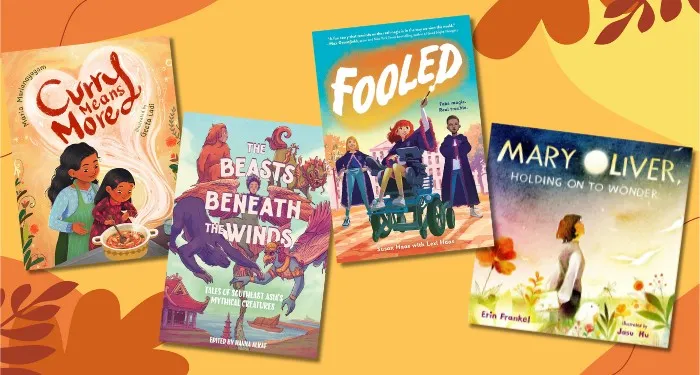


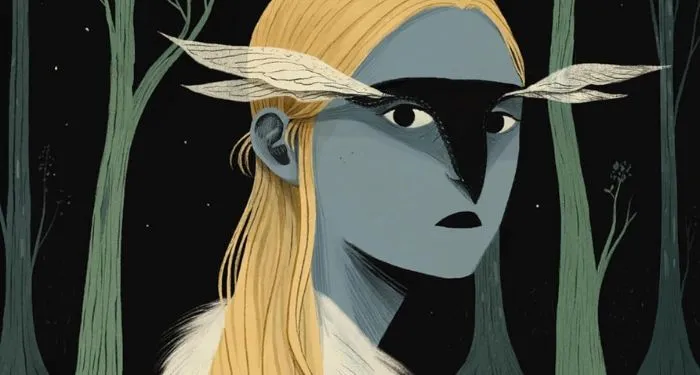




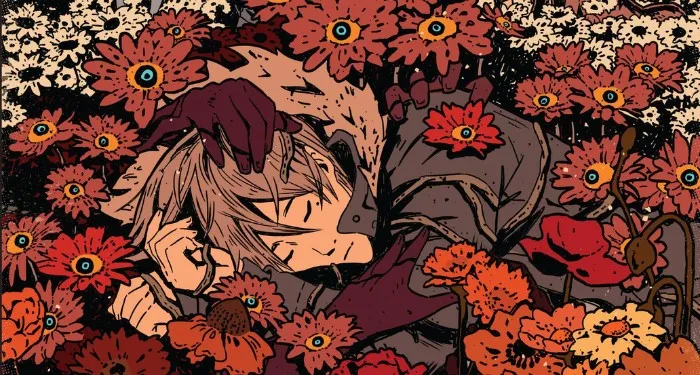


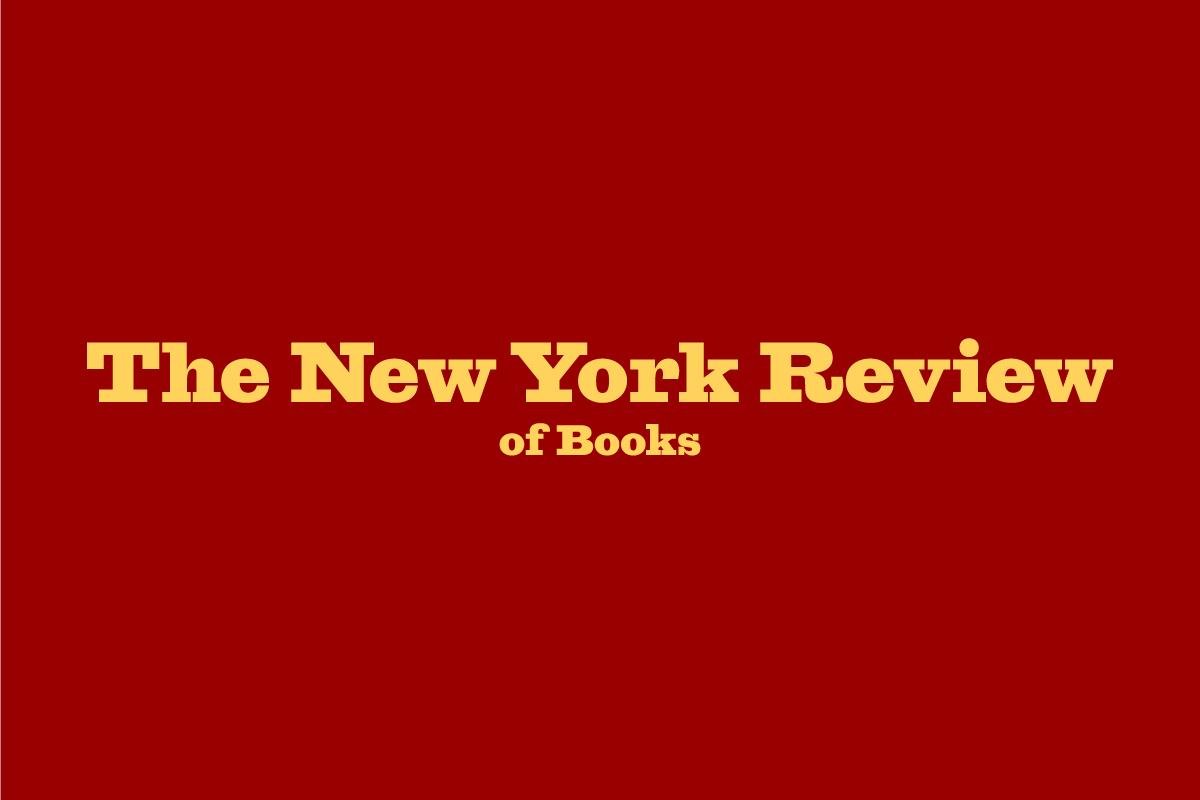



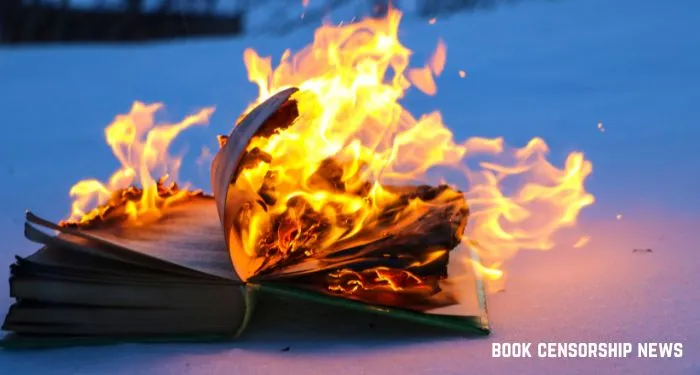

 English (US) ·
English (US) ·